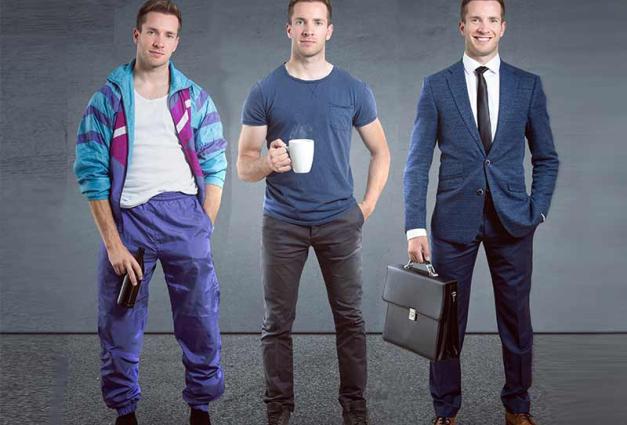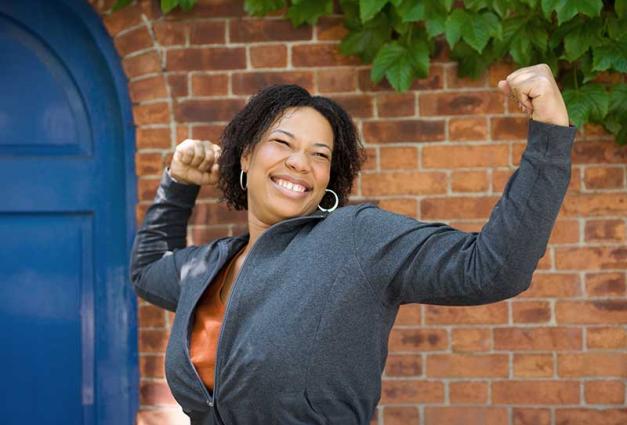Entering a party is like being drenched by a fire hose of social information. Faces animating, conversations chattering, groups of people forming and reforming. One furtive glance around the room as you enter allows you to glean a remarkable amount of information about the people you see, as you get a quick assessment of who is in the room and who they might be or what they might be feeling. In short, your ability to check the "vibes" of both the party as a whole and the groups of people at the party is critical to your ability to navigate through the party successfully.
Trustworthiness: A Key to First Impressions
When forming impressions of other people, research has long shown that trustworthiness is key. Although how trustworthy someone actually is can't be determined just by how they look, people nonetheless form impressions about how trustworthy someone is within moments of meeting them. Because these initial impressions shape your behavior—for better or worse—it is important to understand how they form. However, research in this area has generally focused on isolated, individual faces, even though one often meets people in groups. Can a person estimate the trustworthiness of groups, and how does belonging to a trustworthy (or untrustworthy) group impact the perception of individual group members? At the party, should I put myself out there? Or should I stay in my shell?
Group Trustworthiness Biases Impressions of Individuals in the Group
In order to test these questions, we asked people to view groups of faces and report how trustworthy they perceive the group to be, on a rating scale. Critically, people viewed each group for only half a second. We already knew how trustworthy each individual face was rated, so we then compared the viewers' ratings of the trustworthiness of the group as a whole to the average of the previously collected individual face ratings. We found that people's ratings of the group lined up with the average trustworthiness of the individual faces, even with only half a second of seeing the group.
We were also curious about how belonging to a trustworthy or untrustworthy group impacts how individual members within the group are perceived. If you see someone surrounded by trustworthy or untrustworthy people, is that person's apparent trustworthiness altered by those around them? To answer this question, we now created groups of faces that were either trustworthy or untrustworthy appearing, spare one face. This face showed the opposite trustworthiness of the group. Now, instead of just reporting the trustworthiness of a group of faces as a whole, we also asked participants to rate the outlier face of the group in isolation as well as the same face when embedded within a trustworthy or untrustworthy group (that is, surrounded by other faces). From this, we found that the rated trustworthiness of the outlier group members became more like that of the other members of the group. Put simply, being surrounded by more (or less) trustworthy people makes a person appear more (or less) trustworthy.
Getting Paid
The old adage states that "first impressions matter," but how so? Although you might perceive the trustworthiness of a group, does that matter for how you might act towards a group? To answer this question, we followed up on the previous findings by framing our questions in the format of an investment game. Participants were told that they were playing the role of an investor, and that they would be deciding how much money they wished to invest in a group of business associates, a business associate by themselves, and the same business associate surrounded by other associates. The term "trustworthiness" was never mentioned, but we presumed that participants would rely on perceived trustworthiness to drive their decisions of whom to invest in. We found that participants chose to invest more money in more trustworthy-appearing groups, and they chose to invest more money in business associates surrounded by trustworthy-appearing associates.
Navigating the social world can be challenging. In our research, we establish that people can get a sense of how trustworthy a group is after viewing them for only half a second, and the apparent trustworthiness of individual people within a group is influenced by how those around them look. Although not necessarily accurate, these impressions impact the behaviors people direct toward groups. Something to remember the next time you're at a party!
For Further Reading
Chwe, J. A. H., & Freeman, J. B. (2023). Trustworthiness of crowds is gleaned in half a second. Social Psychological and Personality Science, https://doi.org/10.1177/19485506231164703.
John Andrew Chwe is a PhD student at Columbia University. He studies how people perceive and represent the social world.




